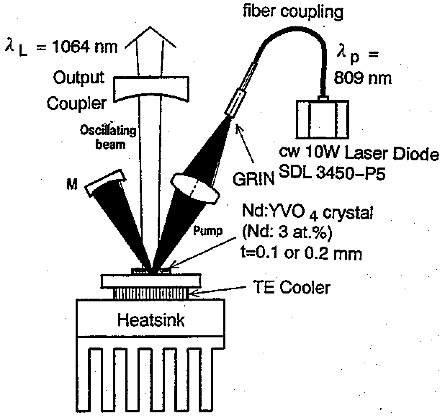benmwv
0
- Joined
- Sep 10, 2010
- Messages
- 1,380
- Points
- 48
Well I searched corning g-1000 and found some good info.
According to them Its actually a 1060 directly doubled to 530 with a lithium niobate crystal, but this isn't what it looks like to me from the diagram. I'm no dpss expert but, I'm pretty sure a directly doubled 1060->530 shouldn't have a gain crystal. I don't think a combination of a distrubuted-Bragg reflector, an actual laser diode, and a gain crystal counts as a "semiconductor ir laser"
See here:
Green light allows big pictures from small projectors | SPIE Newsroom: SPIE
According to them Its actually a 1060 directly doubled to 530 with a lithium niobate crystal, but this isn't what it looks like to me from the diagram. I'm no dpss expert but, I'm pretty sure a directly doubled 1060->530 shouldn't have a gain crystal. I don't think a combination of a distrubuted-Bragg reflector, an actual laser diode, and a gain crystal counts as a "semiconductor ir laser"
See here:
Green light allows big pictures from small projectors | SPIE Newsroom: SPIE






